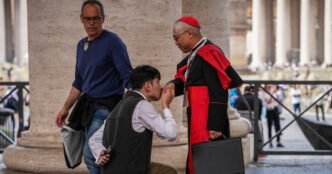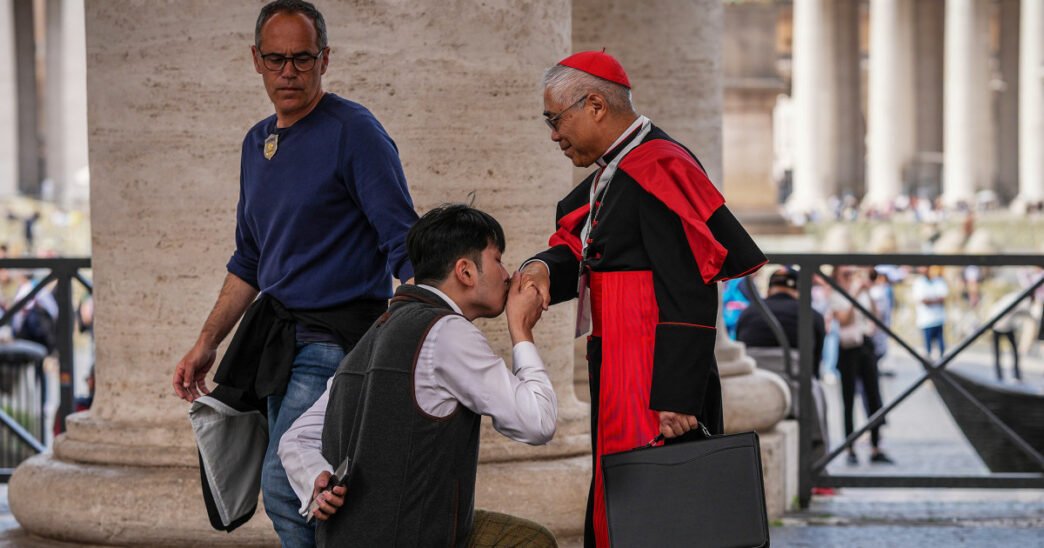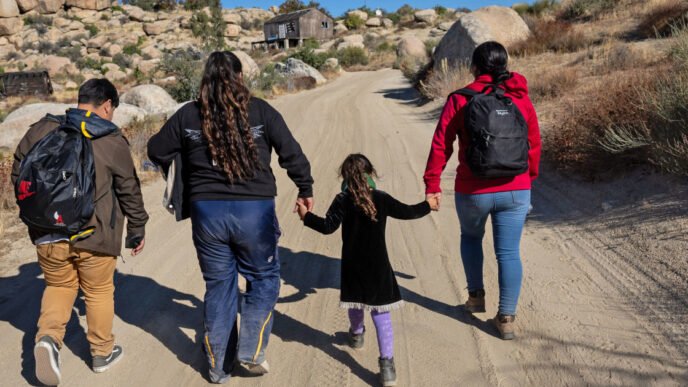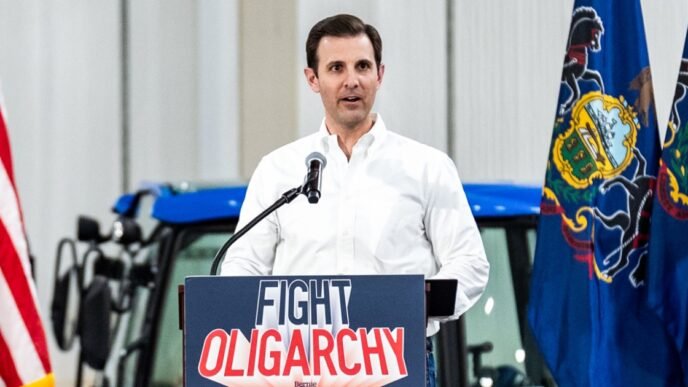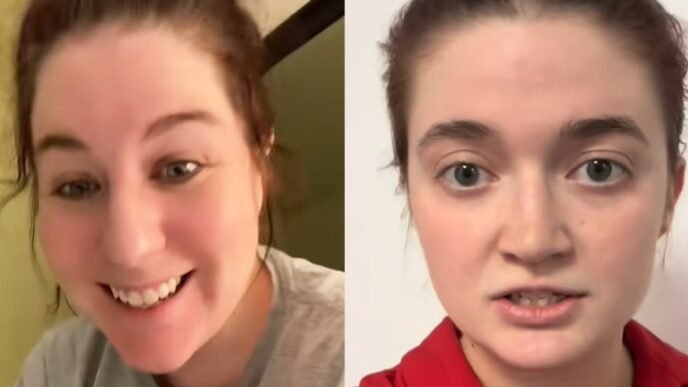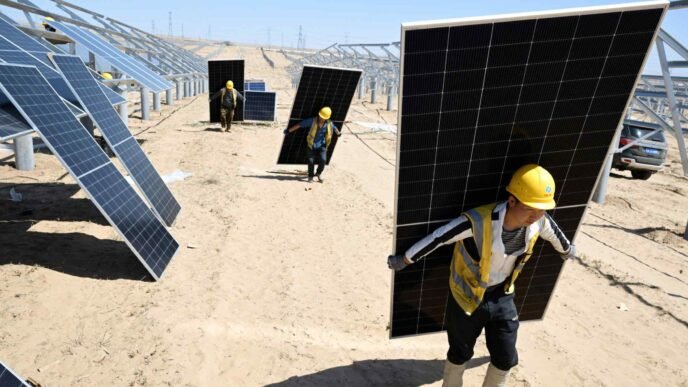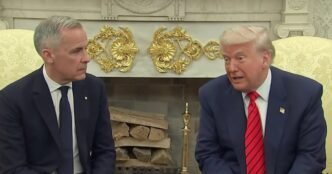Given the stakes, extreme measures have been taken to avoid eavesdropping, not just sweeping the Sistine Chapel for bugs but shuttering its windows to prevent scanners from detecting vibrations of the cardinals’ words on the panes.
The electors must not only give up their cellphones, but are also encouraged to vote using disguised handwriting. They will stay in the H block-shaped St. Martha House, built in the 1990s. But these unglamorous, proletarian quarters will contrast with the day of pomp and high-ceremony that follows.
At 10 a.m. (4 a.m. ET) Wednesday the cardinals will swap their small zucchettos, or skullcaps, for tall, white miters woven with damask fabric. And Cardinal Giovanni Battista Re, dean of the college of cardinals, will then lead a Mass in St. Peter’s Basilica. In the afternoon, they will proceed from the Pauline Chapel into the Sistine Chapel, festooned with Michelangelo’s frescos, singing the Litany of Saints prayer or the hymn “Veni Creator Spiritus,” as they did in 2013.
In a scene depicted in 2024’s Oscar-nominated “Conclave,” Cardinal Diego Giovanni Ravelli, master for papal liturgical celebrations, will announce “extra omnes” — “everyone out” in Latin. All those not involved in the ballot, including cardinals over the age of 80, must leave.
The first poll that afternoon is often a chance to sound out front-runners and give token votes to friends and respected colleagues. That can backfire; in 1334, Cardinal Jacques Fournier, not seen as a serious candidate, was accidentally elected Pope Benedict XII.
Then there are four votes daily, two in the morning and two in the afternoon. After the final morning and afternoon votes, ballots are burned in a specially installed furnace and mixed with a specific compound of chemicals depending on the result: black smoke for no decision, white for a two-thirds majority and a new pope — “Habemus Papam!” (“We have a pope!”).
